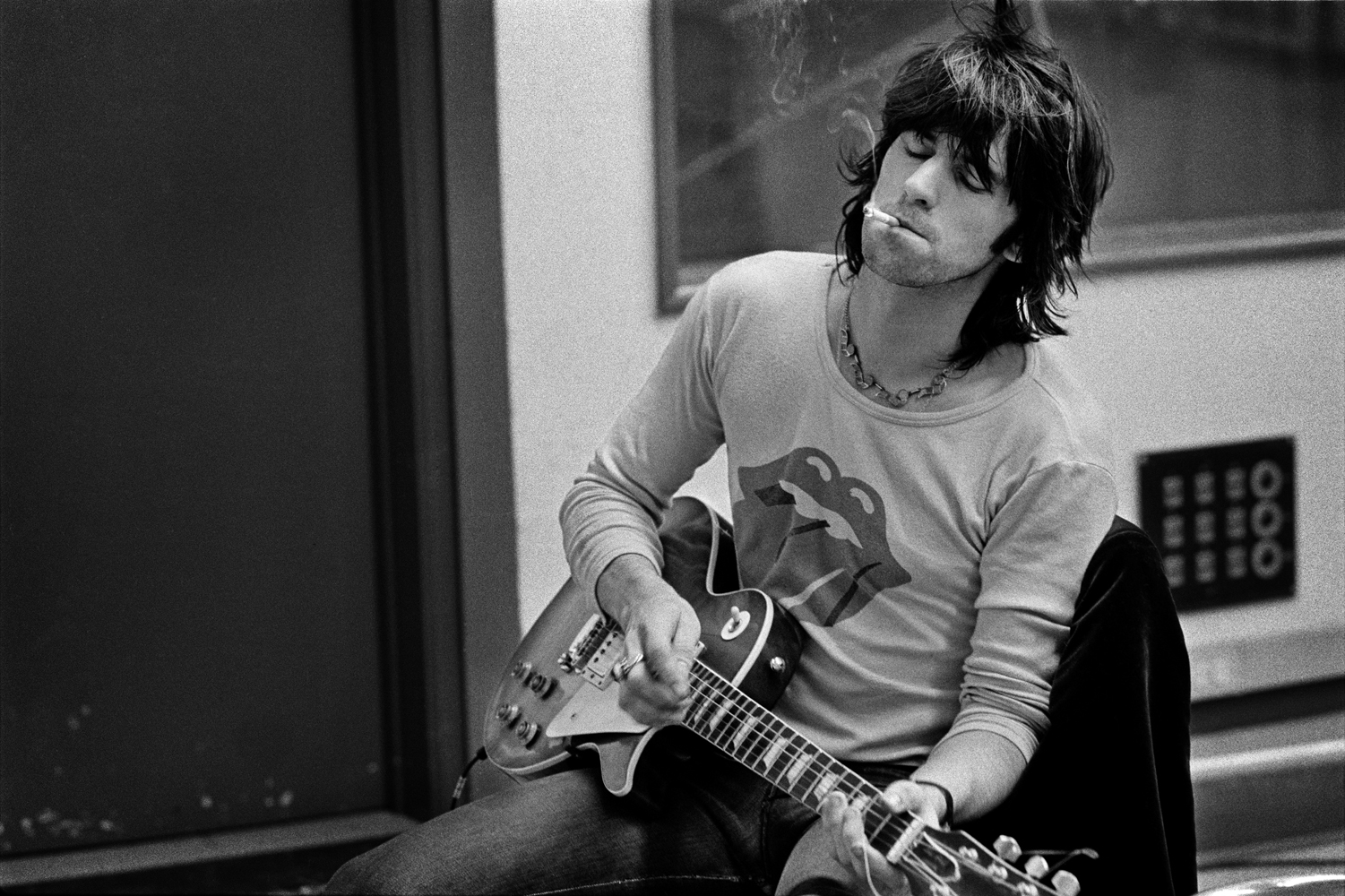
He photographed legends and his pictures have become iconic in American cultural history, but the vast majority of music photographer Jim Marshall’s work has never been seen. Since his death in 2010, Marshall’s estate has been combing through millions of unpublished negatives. This month, a new book and two gallery shows will debut many never-before-published images from Marshall’s coverage of the Rolling Stones 1972 tour, as well as singular portraits of musicians including Johnny Cash, BB King and Joni Mitchell.
The spectacle and energy of live performances are at the center of many of Marshall’s photographs–but arguably, it is his quieter shots that make his work special. Marshall got the pictures that others couldn’t–sunlight falling on Mick Jagger’s face as he peers out an airplane window, a young Bob Dylan crossing a littered New York sidewalk and Miles Davis leaning back on the ropes of a boxing ring. Taken backstage, in hotel rooms, tour buses and homes, these intimate portraits and moments are the result of Marshall’s insistence on having total access to the subjects he photographed.
“It’s really astounding when you look at the breadth of his work,” said Steven Kasher, of the Steven Kasher Gallery which will show Marshall’s work in July. “Jim was able to penetrate the inner sanctum and be welcomed both on stage and offstage.”
Marshall was also insistent about which of his frames made it to publication. He was a meticulous editor known for being incredibly protective of his work– a quality that helped him to gain the trust of his subjects by never allowing incriminating or embarrassing photographs to be published.
“He had an innate sense and a natural ability to pick a photo that was spot on and that represented the musicians,” said Amelia Davis, Marshall’s longtime assistant. “He knew his work so well and was also friends with the musicians so he really, I think he felt that he knew what would represent and convey them the best.”
Davis is now the manager of Marshall’s estate and has spent the past two years going though his massive archive. The decision to release new work, Davis said, came from her desire to share the pictures, which Marshall referred to as his “children,” that he had not released in his lifetime. “He was the hardest editor on himself,” said Davis. “Going through his work, you find out how incredible it was. I want to celebrate that and share that art of Jim with the world.”
Accompanying the release of the book will be gallery shows on both coasts. An exhibit of the Rolling Stones pictures will be on display at Seattle’s EMP Museum beginning July 14 and on July 5, the Steven Kasher Gallery in New York will open “The Rolling Stones 1972, Photographs by Jim Marshall.”
The New York gallery show will feature a section dedicated entirely to the Rolling Stones work, made up primarily of images that have never been seen before. A second room will display a survey of the prolific photographer’s coverage of more than 30 folk, rock and jazz artists. The Kasher gallery will also display a grid of 150 original record covers that feature Marshall’s photography.
Looking forward, Marshall’s estate would like to continue to find and release new collections of work from the archives. “They’re pieces of history,” said Amelia Davis. “It’s important to share that with future generations.”
“Jim Marshall: The Rolling Stones and Beyond” will be on display at Steven Kasher Gallery in New York City through September 8, 2012.
The Rolling Stones 1972 will be released this month by Chronicle Books.

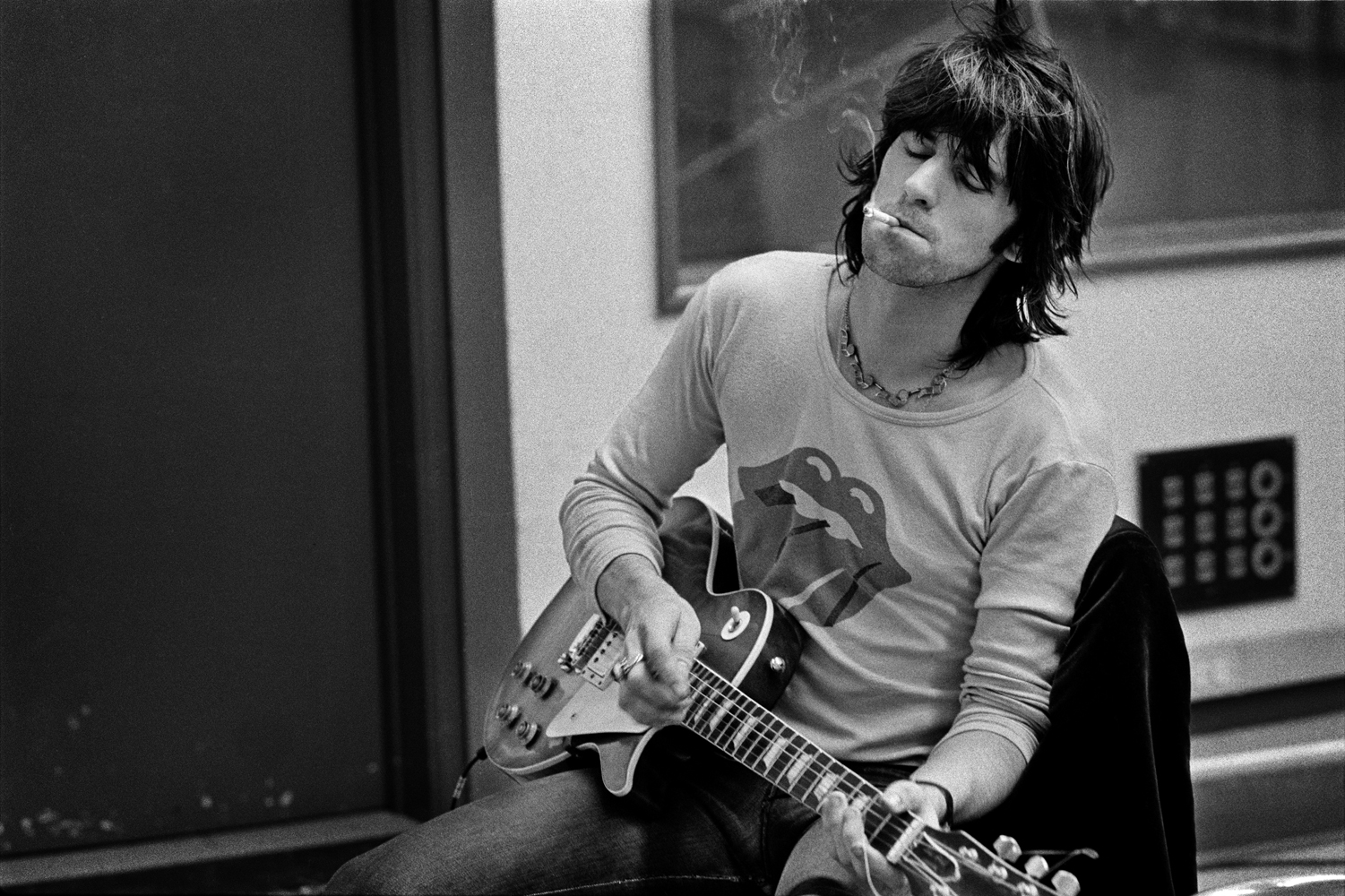


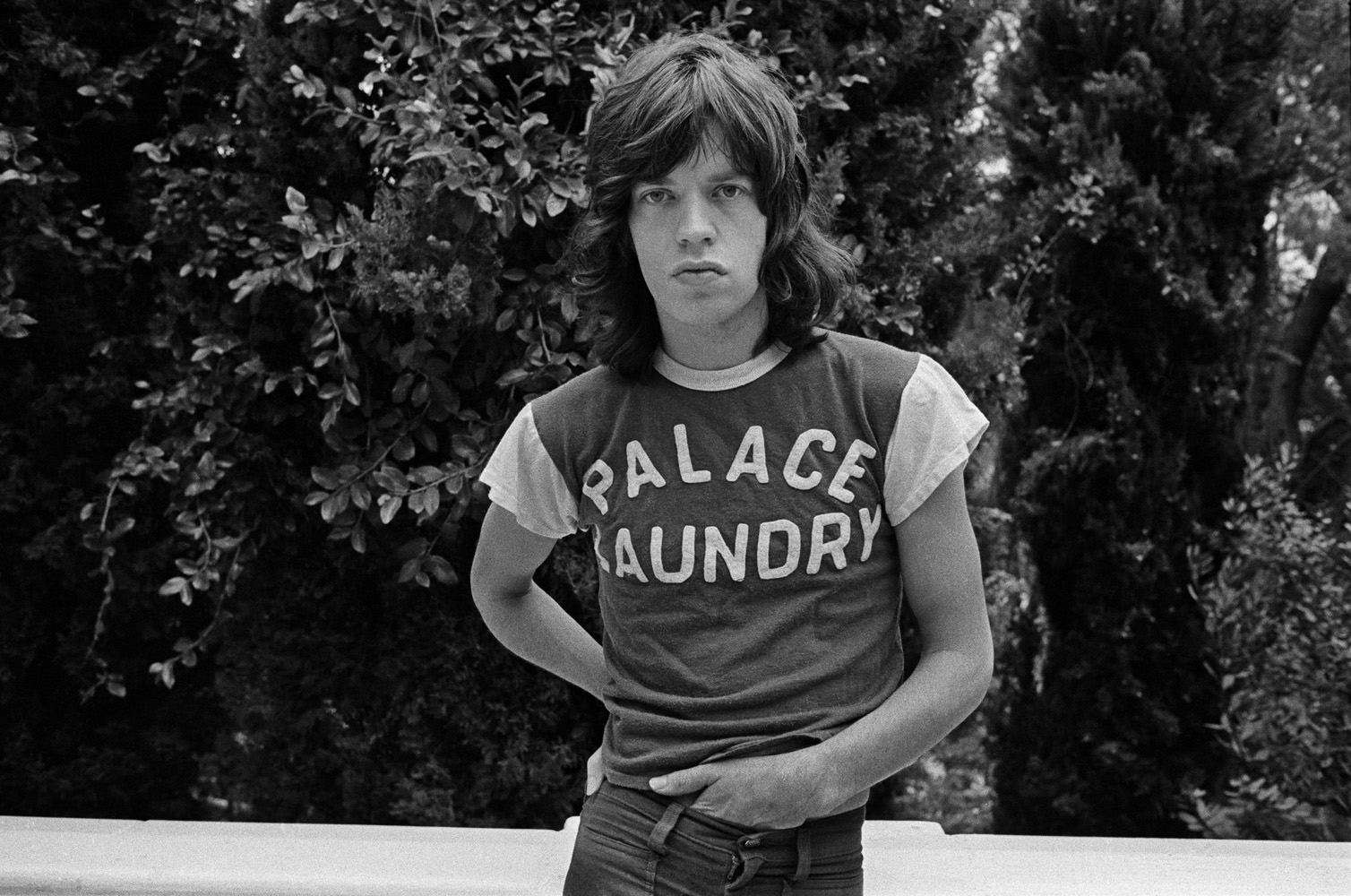
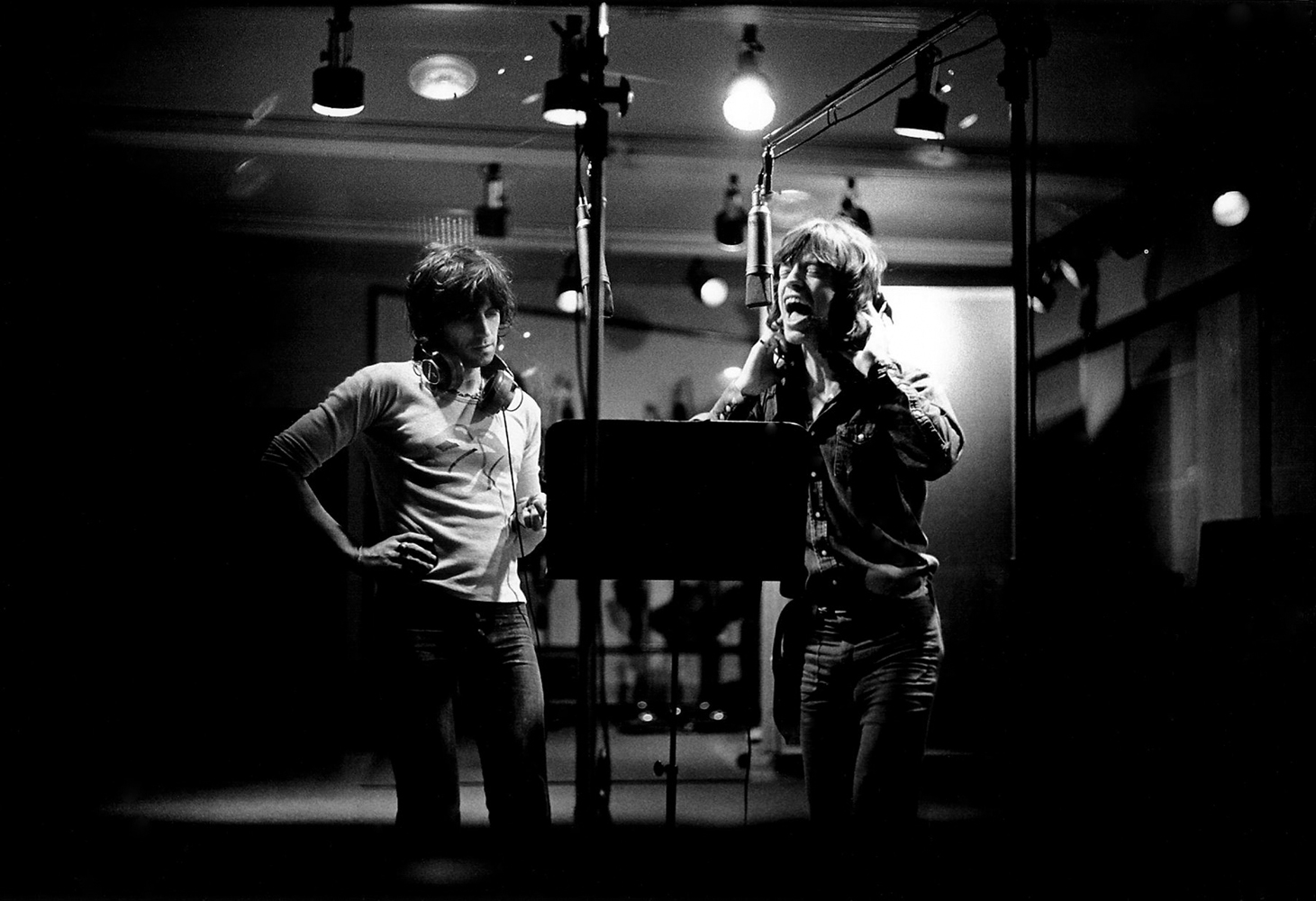


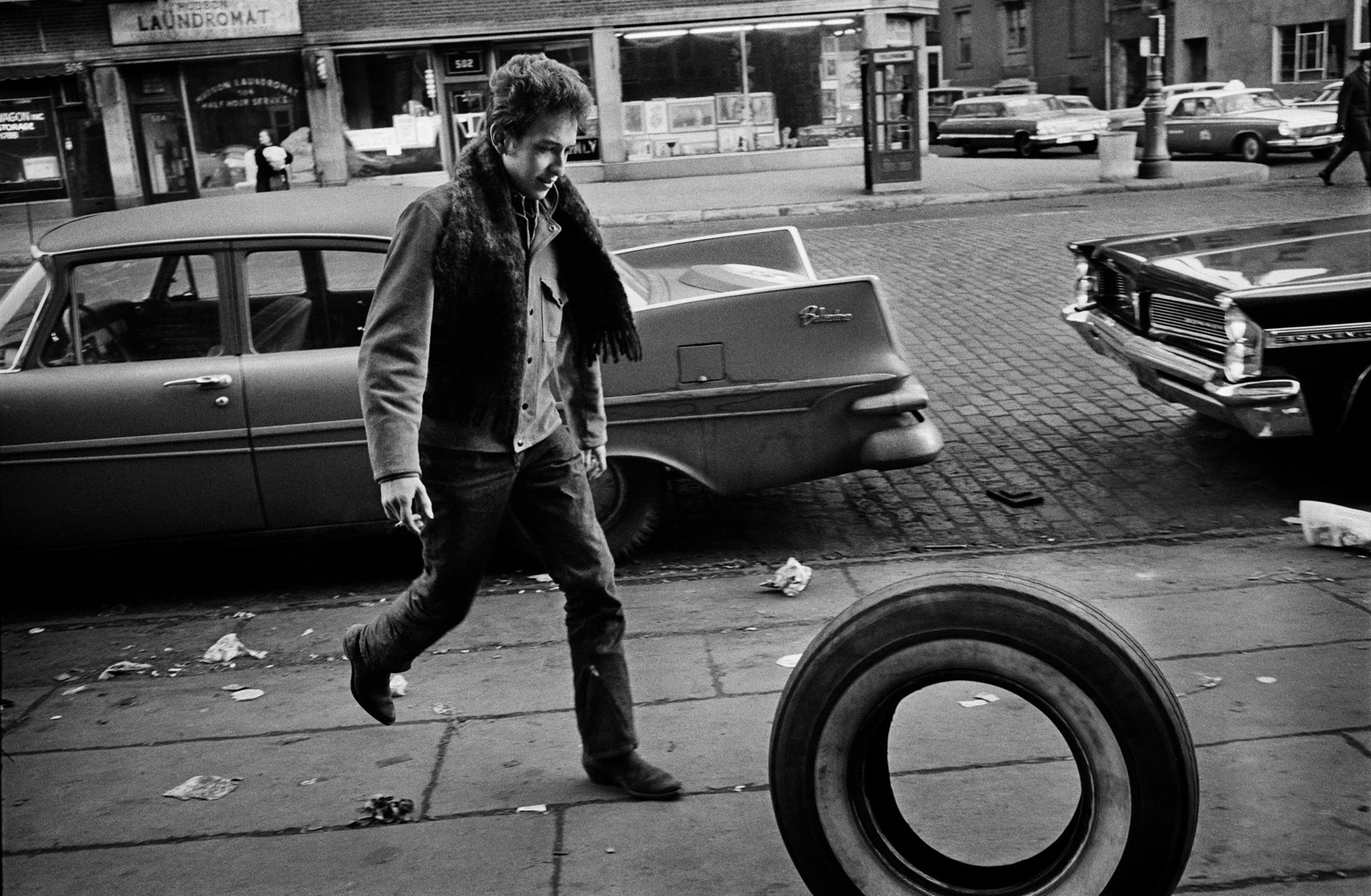
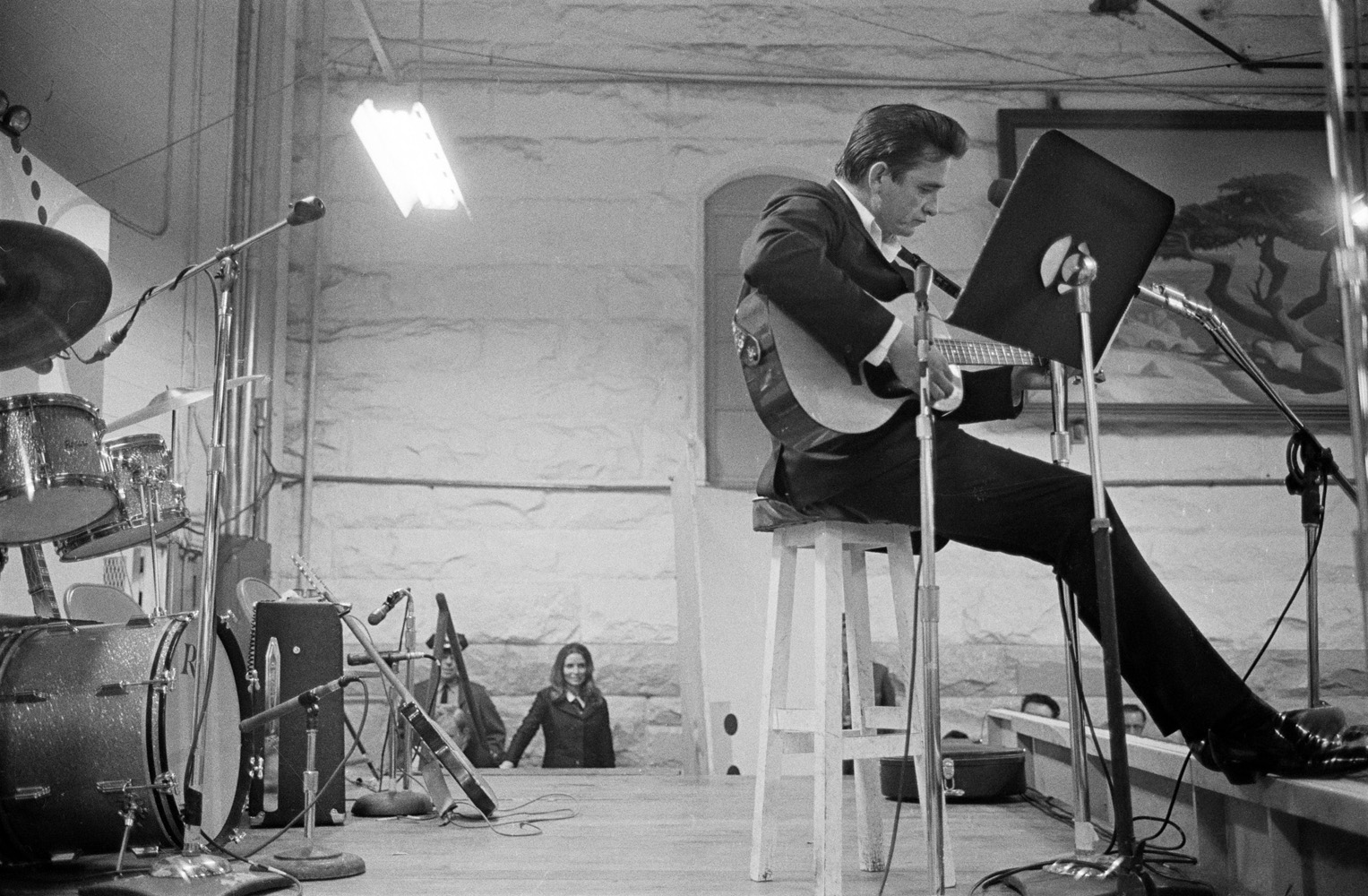

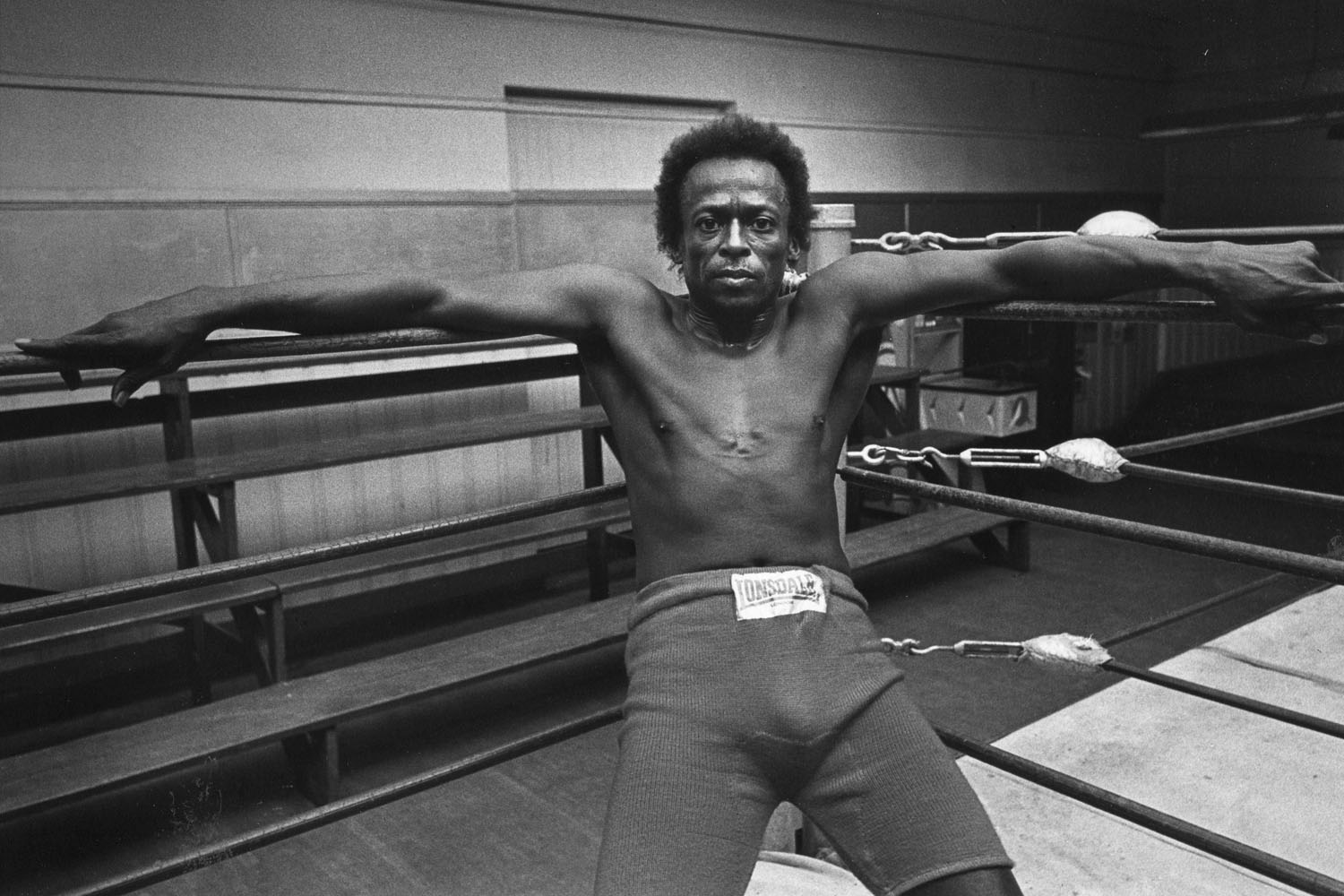
More Must-Reads from TIME
- Inside Elon Musk’s War on Washington
- Why Do More Young Adults Have Cancer?
- Colman Domingo Leads With Radical Love
- 11 New Books to Read in February
- How to Get Better at Doing Things Alone
- Cecily Strong on Goober the Clown
- Column: The Rise of America’s Broligarchy
- Introducing the 2025 Closers
Contact us at letters@time.com